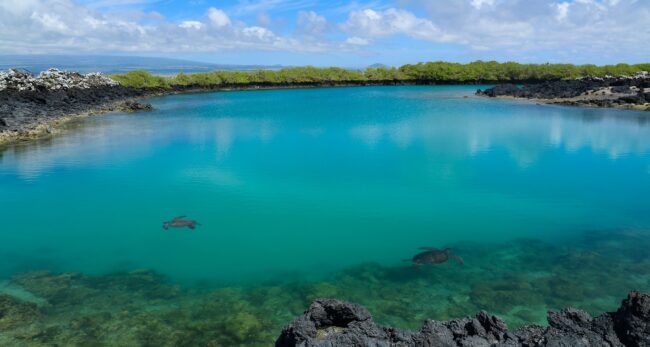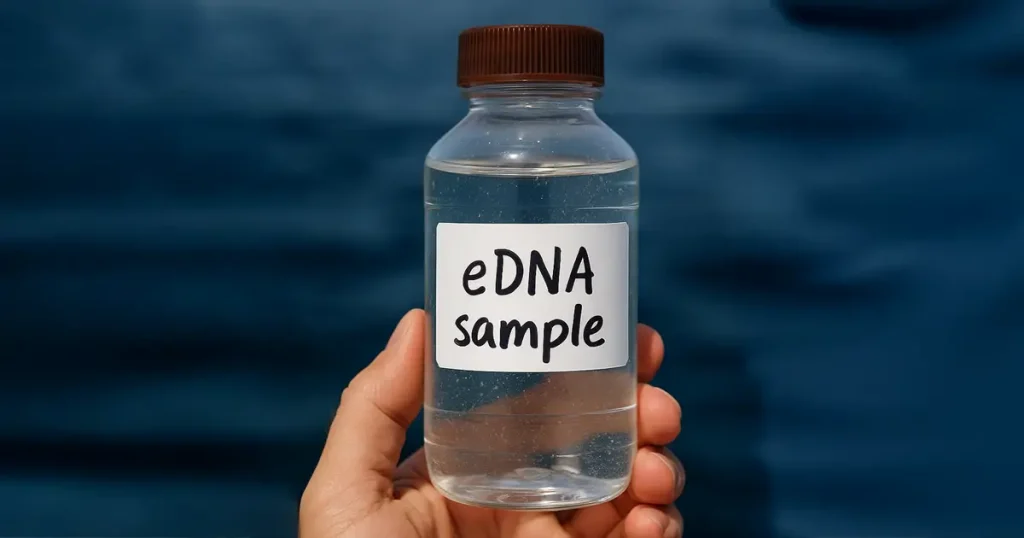What’s the Deal with Wetlands?
by Aaron Provencio
They’re muddy, damp, and often don’t smell great. But they may be one of our planet’s most important ecosystems.
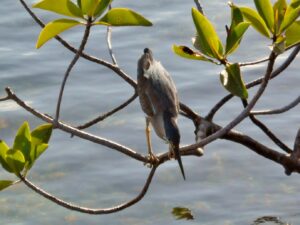
Wetlands are, as their name suggests, the link between land and water. They are unique transition zones where the flow of water combined with the cycling of nutrients creates what are often incredibly productive and biodiverse ecosystems. Their unique architecture, often featuring lagoons, swamps, ponds, streams, or entire estuaries full of hiding places, means that wetlands are nurseries for life, playing host to a wide variety of aquatic species. These species — whether full-time wetland residents, temporary visitors, or the offspring of larger marine or freshwater animals who will eventually leave the area — are also a great source of food for aquatic, terrestrial, and even airborne predators. In general, these habitats are home to a truly spectacular array of plant, animal, and microbial organisms, each taking full advantage of the benefits that living in a wetland affords.
But that’s not all!
For human beings, wetlands are equally as important, and provide an array of “ecosystem services.” An ecosystem service is a benefit that humans and our society receive from a healthy ecosystem, and wetlands are one of the most generous ecosystems that exist! They provide protection against flooding, prevent shoreline erosion, act as natural filters to improve water quality and remove debris and waste, and assist in our fight against climate change by capturing carbon from the air and sequestering it within the habitat. Of course, wetlands also carry incredible aesthetic and even spiritual significance for many people around the world, and the value of wetlands can go far beyond any services that they may provide.
Despite being more well known for its lush volcanic peaks and dry desert-like lowlands, Galápagos also has wetlands. In fact, in 2002, the Humedales del Sur de Isabela — located just outside of Puerto Villamil on Isabela Island — was added to the list of Wetlands of International Importance by Ramsar’s Convention on Wetlands.
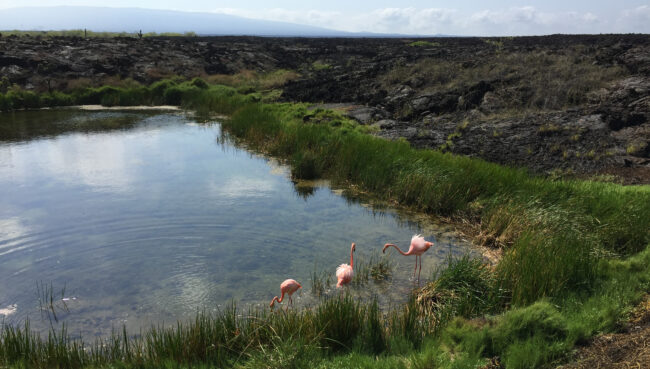
Isabela’s 872-hectare wetlands are extremely rich in biodiversity and are made up of 359 hectares of coastal habitat and 513 hectares of marine habitat. This area is a unique physical and biological landscape consisting of a combination of endemic cactus, such as the Candelabra Tree (Jasminocereus thouarsii), and Prickly Pear (Opuntia echios), coupled with one of the largest expanses of mangrove forest in the Archipelago.
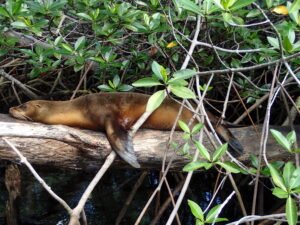
The highly productive conditions in the marine wetland make it one of the primary feeding and breeding sites for a high number of native wildlife species, many of which are listed as vulnerable or endangered on the IUCN Red List. These include, but are not limited to, the Lava Gull (Larus fuliginosus), the Galápagos Penguin (Spheniscus mendiculus), the Galápagos Sea Lion (Zalophus californianus wollebacki), the Green Sea Turtle (Chelonia mydas), the Green Sea Urchin (Lytechinus semituberculatus), the Marine Iguana (Amblyrhynchus cristatus), and the Sea Cucumber (Stichopus fuscus).
Moreover, as the habitat for a range of species that depend exclusively on these magnificent wetlands for survival, they are reservoirs for the biological diversity of the Galápagos Islands. This includes year-round resident species such as the Galápagos subspecies of the American Flamingo (Phoenicopterus ruber), White-Cheeked Pintail (Anas bahamensis), Black-Winged Stilt (Himamtopus himantopus), American Oystercatcher (Haematopus palliatus), Common Moorhen (Gallinula chloropus), Ghost Crab (Ocypode spp.), and Fiddler Crab (Uca galapaguensis), as well as a host of migratory and transient species.
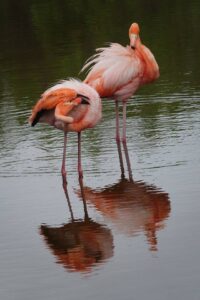
The entire wetland is a protected area, managed under the jurisdiction of the Galápagos National Park Directorate, and limited tourism is allowed only with strict protective measures. Almost two decades after the area’s declaration as a Wetland of International Importance by the Ramsar Convention, the Humedales del Sur de Isabela are still well-preserved and an incredible example of conservation success.
Today, on World Wetlands Day 2022, environmentalists and community advocates come together to celebrate their love of nature, and especially their love of wetlands. At Galápagos Conservancy, we recognize the need to raise global awareness for the importance, beauty, and vital role that wetlands play for people and our environment, both in Galápagos and around the world.
We also want to congratulate the Galápagos National Park Directorate for the long-term work and management measures that they have taken to protect the awe-inspiring Humedales del Sur de Isabela, the largest and most significant marine-coastal wetland in the Archipelago.
